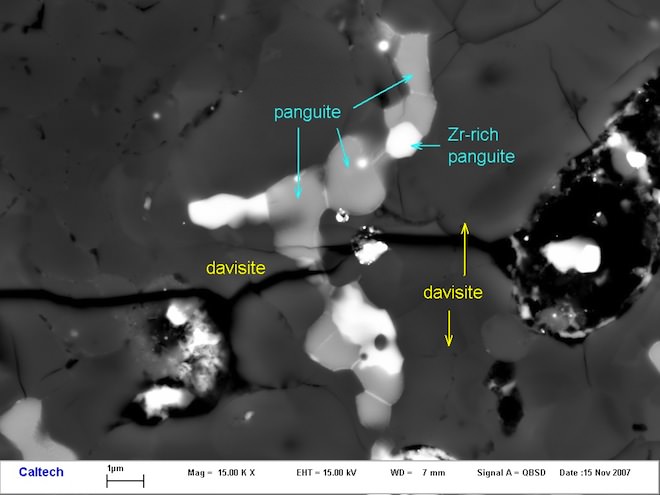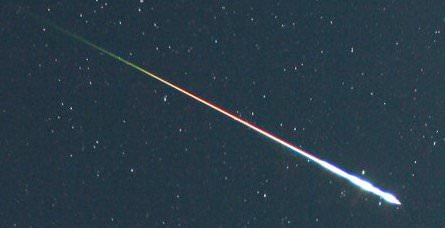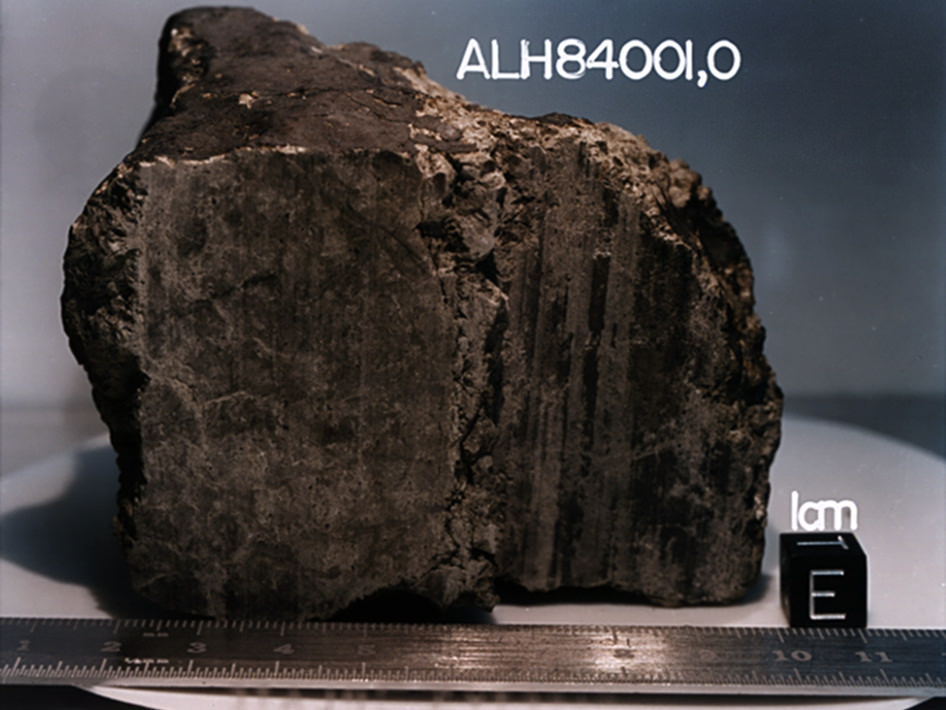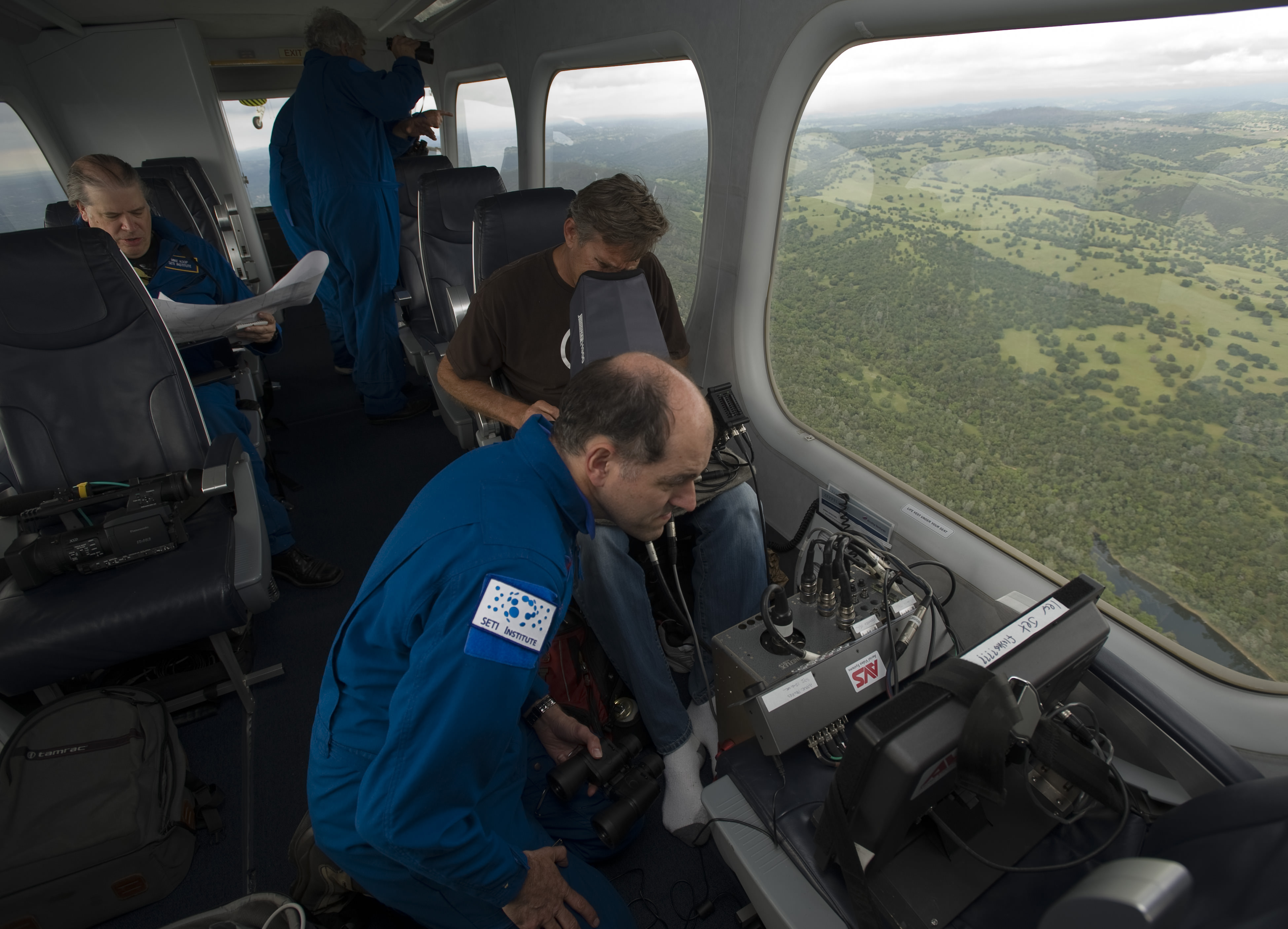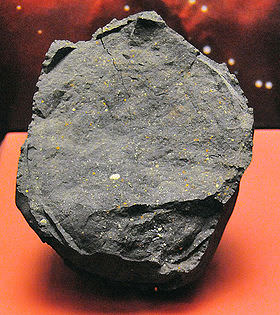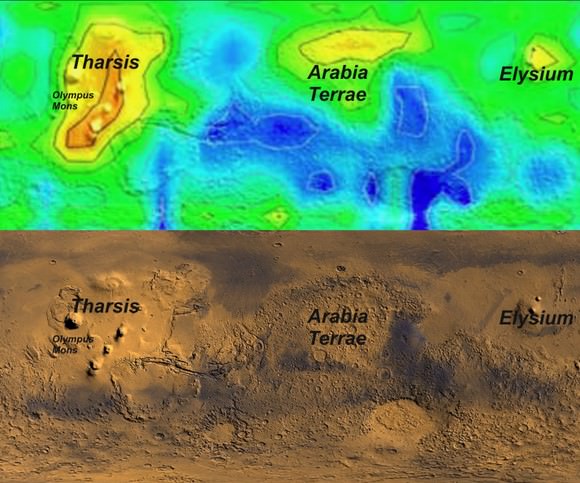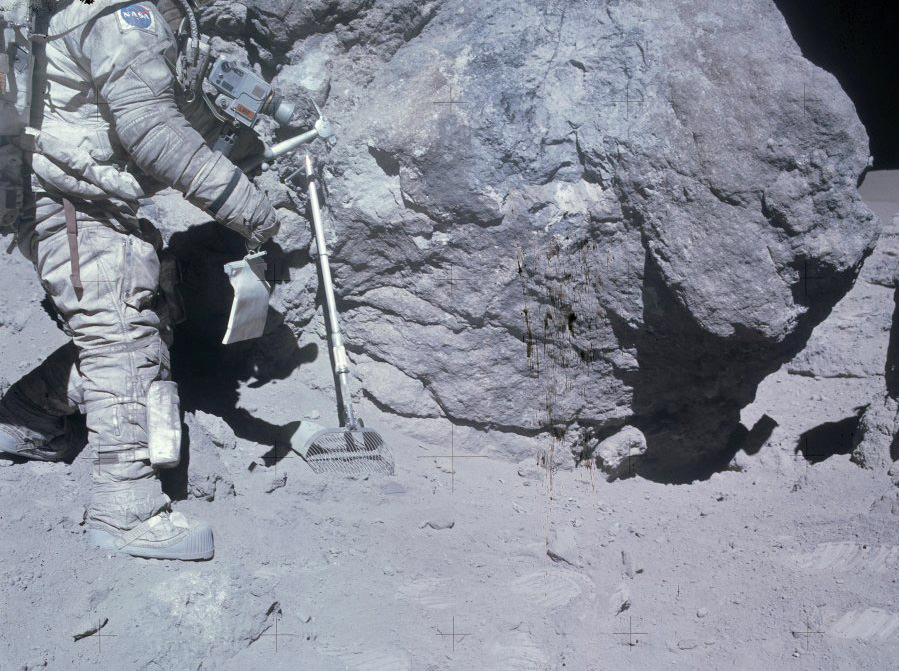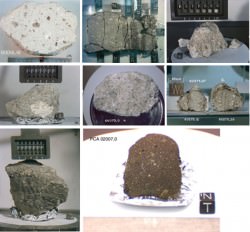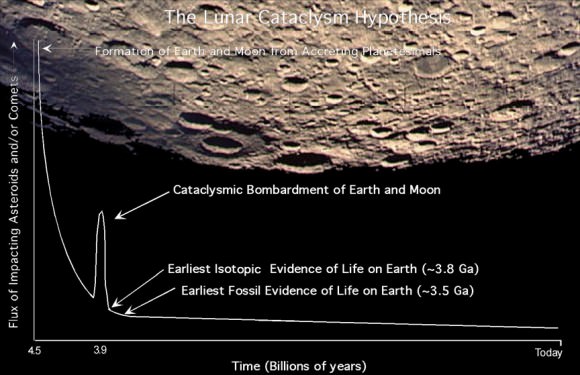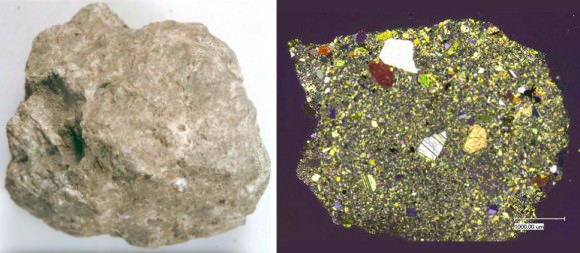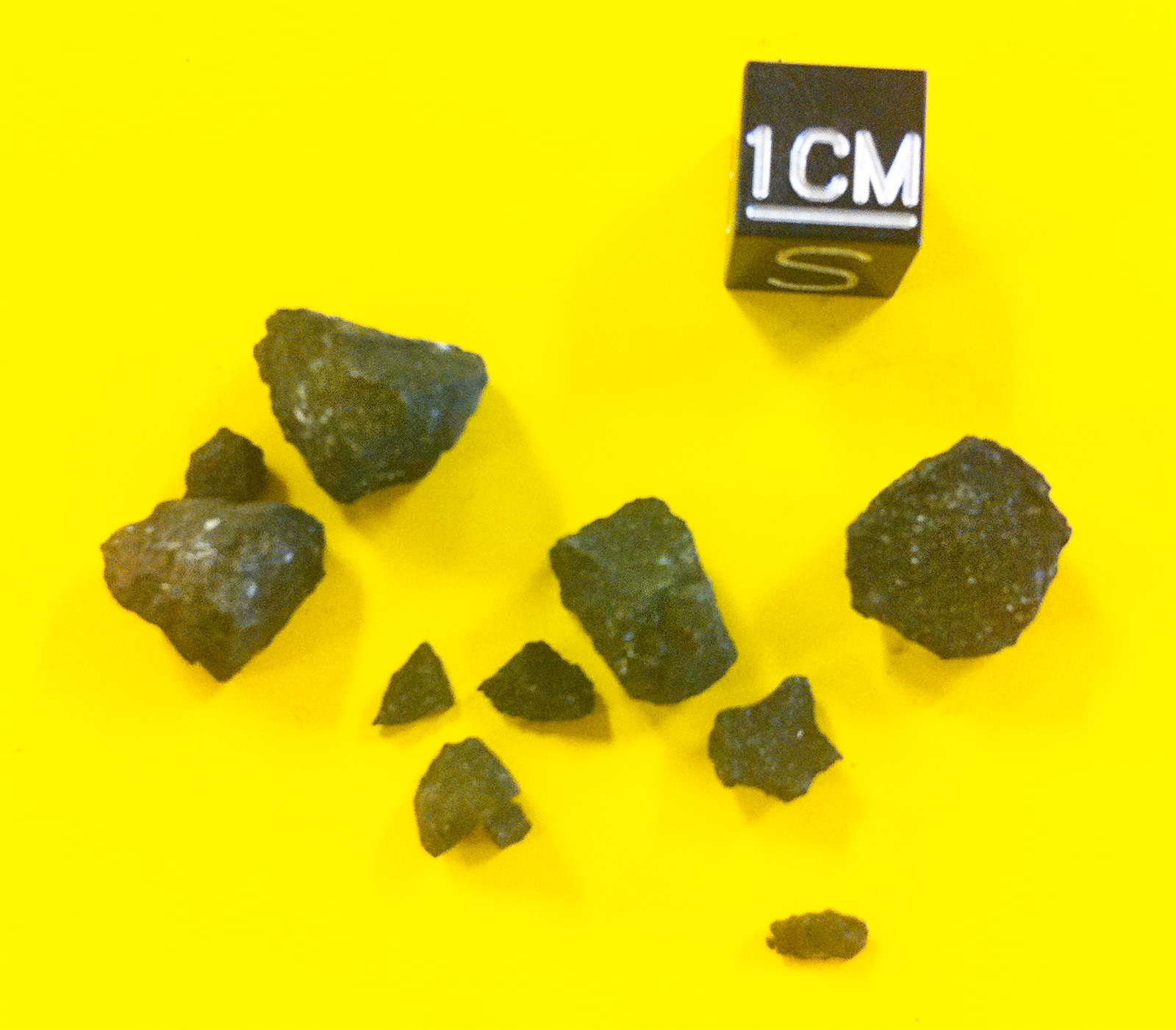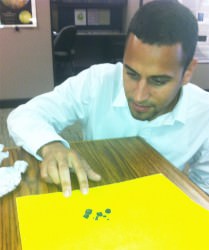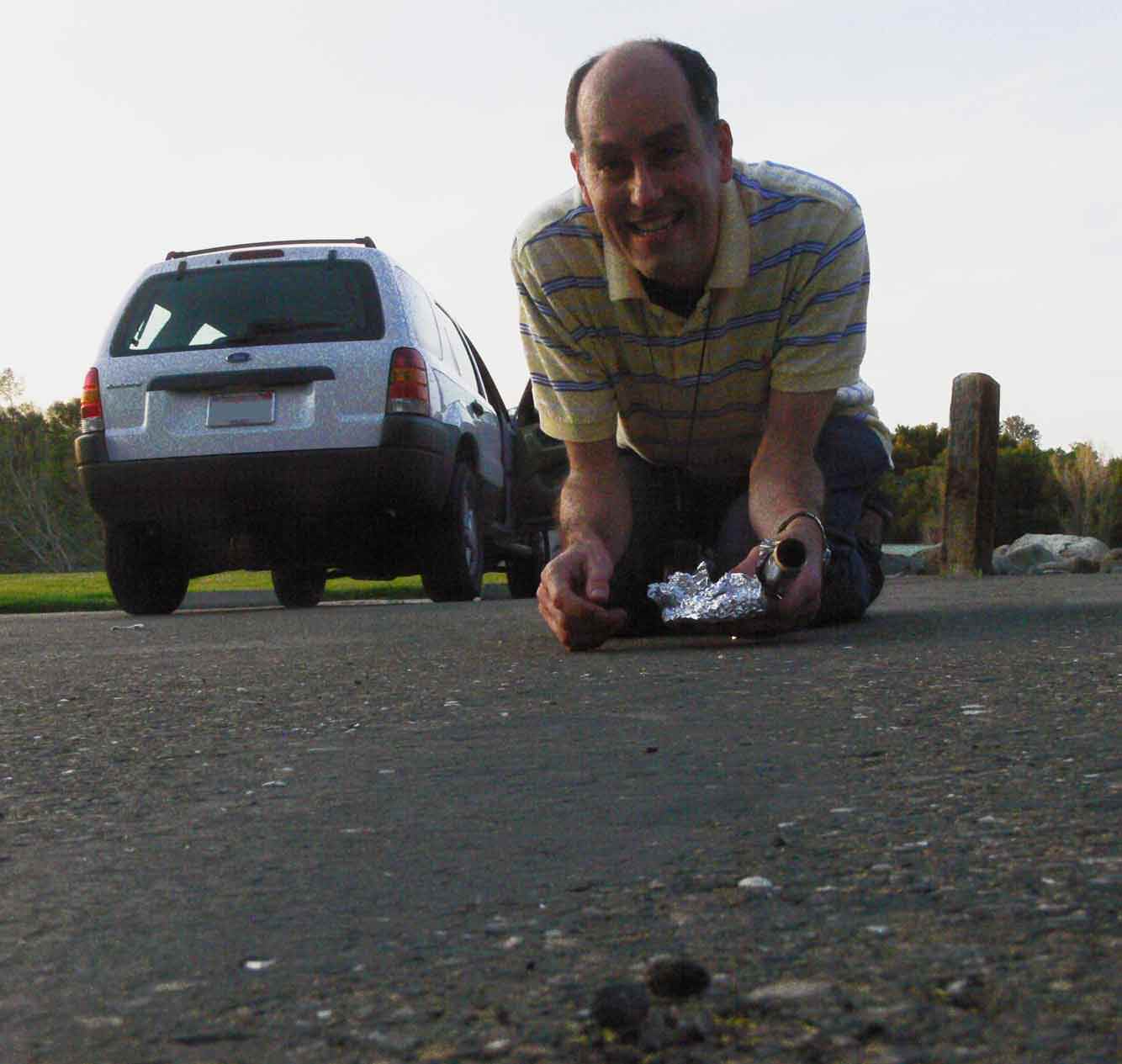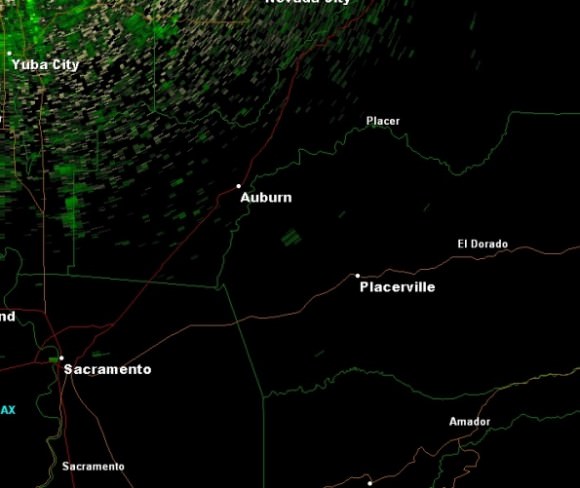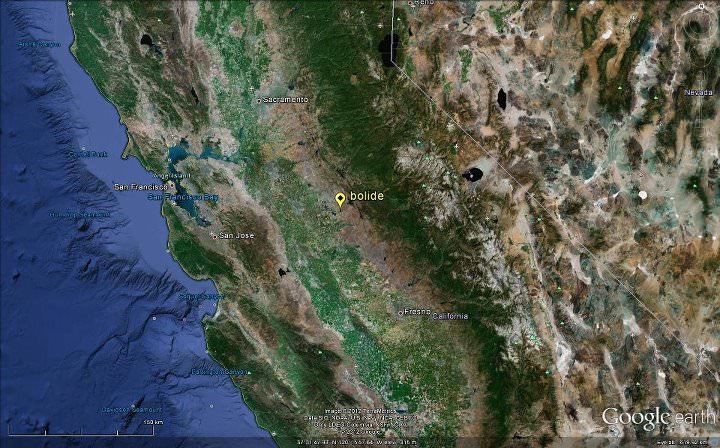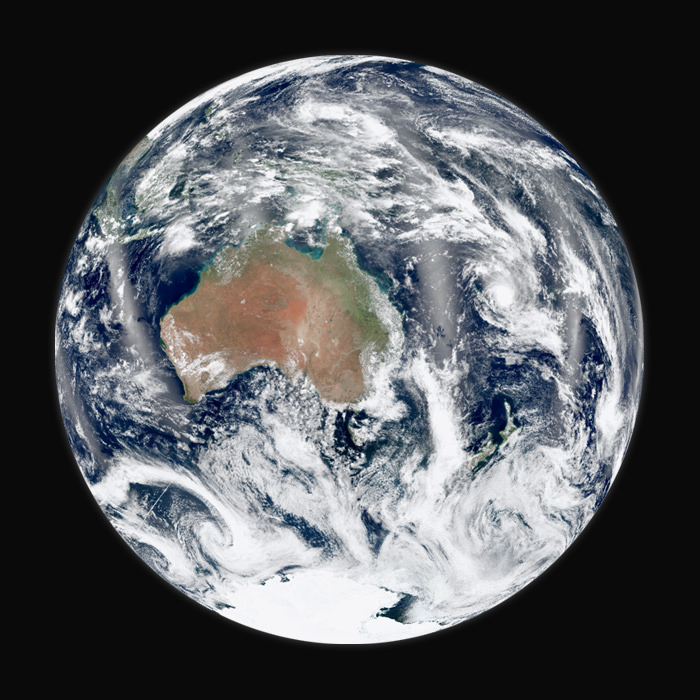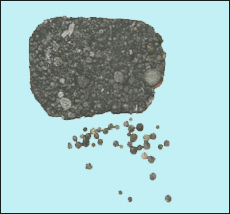Scientists have discovered a new mineral embedded in a meteorite that fell to Earth over 40 years ago, and it could be among the oldest minerals, formed in the early days of our solar system. The mineral is a type of titanium oxide and has been named panguite, after Pan Gu, the giant from ancient Chinese mythology who established the world by separating yin from yang to create the Earth and the sky.
“Panguite is an especially exciting discovery since it is not only a new mineral, but also a material previously unknown to science,” says Chi Ma, from Caltech and author of a new paper detailing the discovery.
The Allende meteorite arrived at Earth in 1969 as an exploding fireball in the skies over Mexico, scattering thousands of pieces of meteorites across the state of Chihuahua. The Allende meteorite is the largest carbonaceous chondrite—a diverse class of primitive meteorites—ever found on our planet and is considered by many the best-studied meteorite in history.
Ma has been leading nanomineralogy investigations of primitive meteorites, which looks at tiny particles of minerals, and has now found nine new minerals, including allendeite, hexamolybdenum, tistarite, kangite and now panguite.
“The intensive studies of objects in this meteorite have had a tremendous influence on current thinking about processes, timing, and chemistry in the primitive solar nebula and small planetary bodies,” said coauthor George Rossman, also from Caltech.
The team said the new mineral is likely among the first solid objects formed in our solar system and could date back to over 4 billion years ago, before the formation of Earth and the other planets.
According to Ma, studies of panguite and other newly discovered refractory minerals are continuing in an effort to learn more about the conditions under which they formed and subsequently evolved. “Such investigations are essential to understand the origins of our solar system,” he said.
The new mineral’s chemical name is Ti4+,Sc,Al,Mg,Zr,Ca, so it contains some unusual elements like zirconium and scandium.
The mineral and the mineral name have been approved by the International Mineralogical Association’s Commission on New Minerals, Nomenclature and Classification.
Image credit: Chi Ma/Caltech
Source: Caltech

